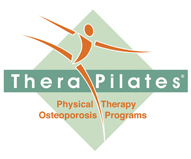|
| |
What is Pilates?
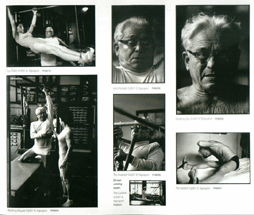 In 1923, German-born Joseph Pilates (Puhlatees) brought his unique method of physical and mental conditioning to the United States. Pilates had been asthmatic as a child, motivating him to improve his strength and physique. His study of yoga and the martial arts, and his work with physicians and nurses led to the development of his conditioning system. By the early 1960s Pilates was sought after by George Ballanchine, New York City Ballet dancers, actors, gymnasts, and figure skaters. In 1923, German-born Joseph Pilates (Puhlatees) brought his unique method of physical and mental conditioning to the United States. Pilates had been asthmatic as a child, motivating him to improve his strength and physique. His study of yoga and the martial arts, and his work with physicians and nurses led to the development of his conditioning system. By the early 1960s Pilates was sought after by George Ballanchine, New York City Ballet dancers, actors, gymnasts, and figure skaters.
|
How is Pilates different from other forms of exercise?
Pilates exercise focuses on postural symmetry, abdominal wall control and spinal stabilization, mind/body control, and strengthening through the complete range of motion of all joints beginning with small movements and progressing to larger movements with control and precision. Instead of isolating muscle groups, the whole body is trained, integrating the upper and lower extremities with the trunk. The result is strong, long, and lean muscles with equal strength ratios.
Read the article, Yoga and Pilates: What is the difference?, by Sherri Betz, PT, GCS, PMA®-CPT.
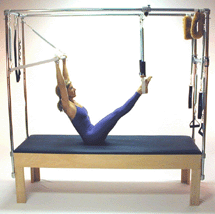 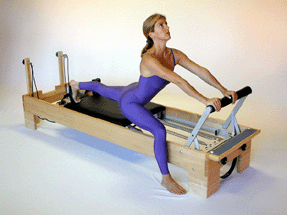
|
Why should I try this?
Pilates exercise is one of the safest forms of activity, yet can also be the most demanding. The apparatus have been used for years in the most advanced orthopedic and sports-based rehabilitation clinics for injuries. Because you must use the whole body, you cannot progress to a higher level without uncovering isolated weaknesses and training them, thus your problem areas are immediately identified. Any athlete is only as strong as their weakest part, and compensation for that part can lead to injury.
To be a good instructor it takes several years and firstly having solid prerequisites based in movement therapy. One of the most important things an instructor needs is a good logical brain and a really sharp eye because they basically have to see what is and isn’t moving correctly within the body. An understanding of what muscles are overworking, what is weakened and how all this affects the body, together with a comprehensive background in anatomy and physiology is required for excellent results.
For those interested in correcting a few ailments in the body, remember to shop around to find a good instructor. Ask for their qualifications, references, what type of work you’ll be doing and why it is good for you. Whether you’ve had a back injury, have poor posture, want to relax the mind or increase your sports performance, Pilates is a fantastic workout that is not only successful but also a lot of fun!
|
|

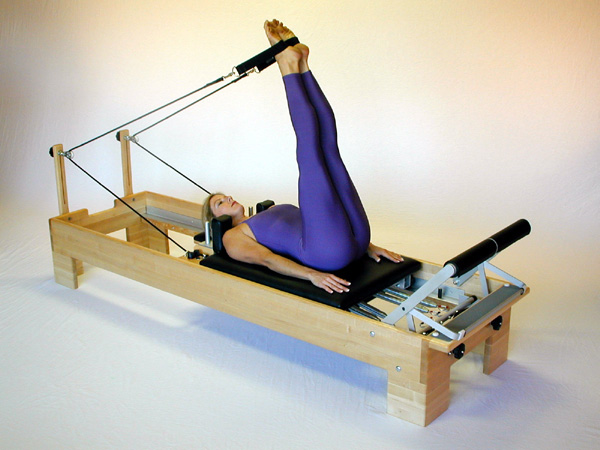 |
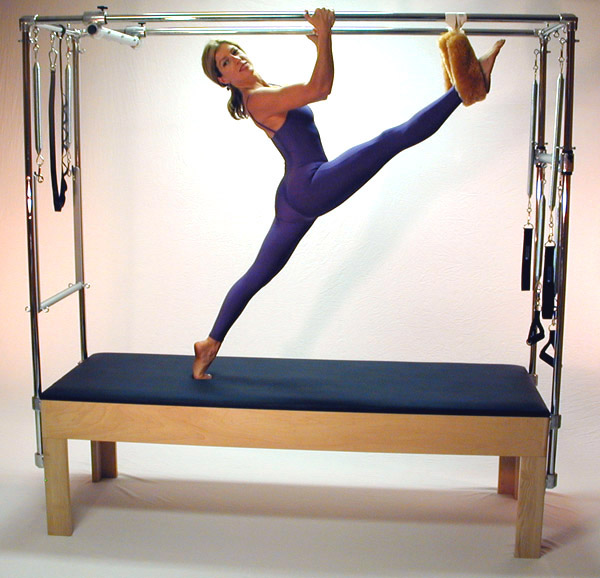 |
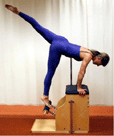 |
| Reformer |
Trapeze Table |
Combo Chair |
What am I exercising on?
The Pilates method uses mat exercises and a variety of apparatus specifically designed for assistance or resistance through springs from partial weight bearing and supported positions to very unsupported positions on unstable bases (wobble boards, rotating discs, etc.) Some props are used to challenge balance such as balls and rollers. The apparatus can actually provide assistance to injured or weak joints through use of light or heavy springs. There are 4 major pieces of equipment that typically make up a "studio" - the Reformer, the Trapeze Table, the Wunda Chair, and the Ladder Barrel. |
We proudly use high quality Balanced Body equipment--the first company to update Joseph Pilates' equipment with state-of-the-art engineering, materials and technology. We are privileged to know and work with Ken Endelman and his staff of honest caring people who build beautiful equipment designed especially for our studio needs.
Call us at 318-450-1747 to book a Pilates session ONLINE with one of our fabulous instructors!
|
|
|
